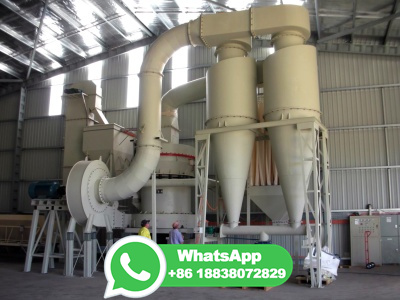Ball Nose Cutters | Deep Ball End Mills | Cromwell Tools
Ball nose cutters are most commonly used for machining 3D contours in the mold and die industries. These precise and handy tools play a huge part in creating contoured 3D shapes of all kinds for example, manufacturing turbine blades and parts for hydroelectric generators for the energy industry. They are also vital in the: • Automotive ...








![How to Use a Fly Cutter on a Milling Machine [A Full Guide] Lathe Matters](/jz0uirb/439.jpg)
















![Face Mill Speeds and Feeds [45 or 90 Degree Face Mill?] CNCCookbook](/jz0uirb/182.jpg)



![Ball Nose End Mill [Easy Guide to Ball Cutters] CNCCookbook](/jz0uirb/94.jpg)



